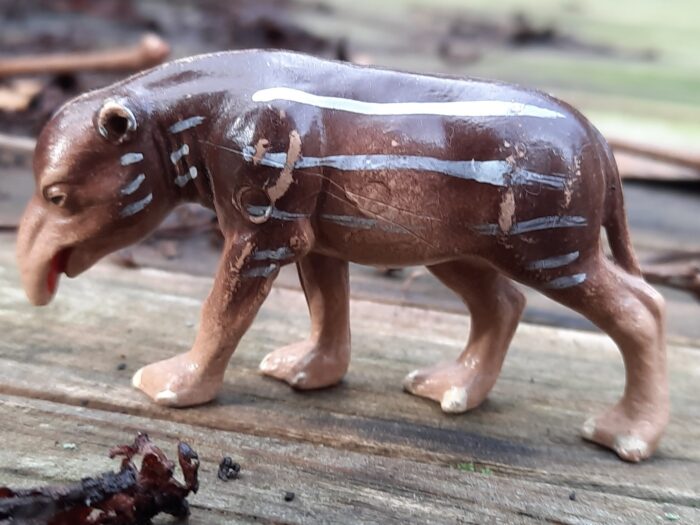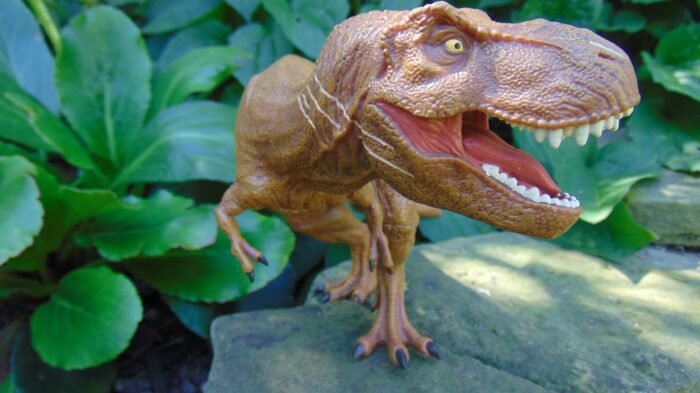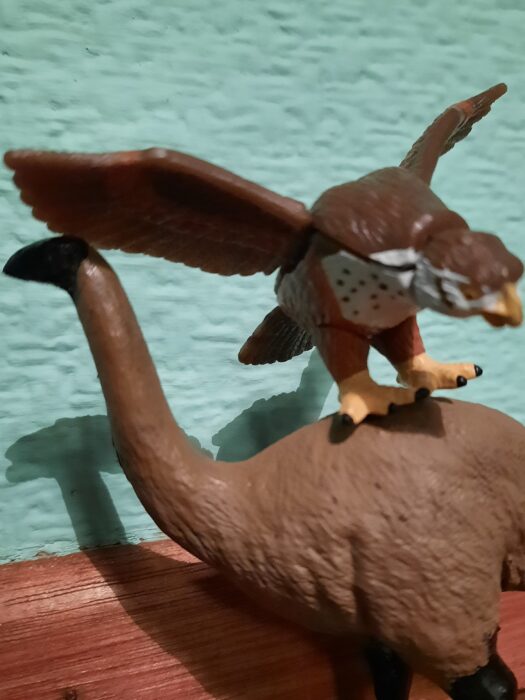Bonjour all, and welcome to another review of the classic line from Starlux. I always admire this old line for the variety it provides. Long before CollectA and Safari ltd., Starlux produced a wide range of species, many of which have not been made by a major company since.
Review: Kronosaurus (Unknown)
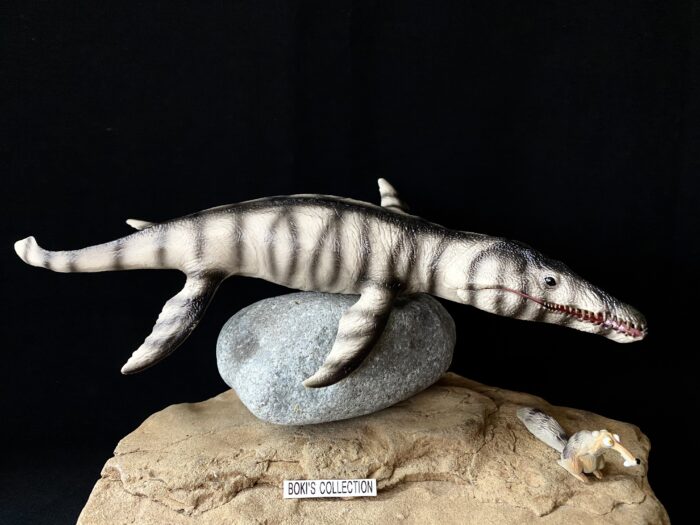
There was a time when Kronossaurus was the most famous marine reptile. It was part of the elite group of dinosaurs (and other prehistoric animals), sort of like the Mesozoic version of the Justice League. These assortments would be the core group to be featured in the 1950’s Marx set, the first real toy set to focus on prehistoric animals, This Mesozoic superhero group would feature icons: we see Tyrannosaurus rex, Diplodocus, Allosaurus, Triceratops, Anklyosaurus, Hadrosaur (iguanodon?), Pteranodon, and of course Kronosaurus (representing the marine reptiles).
Review: Sinoceratops (Jurassic World Sound Strike by Mattel)
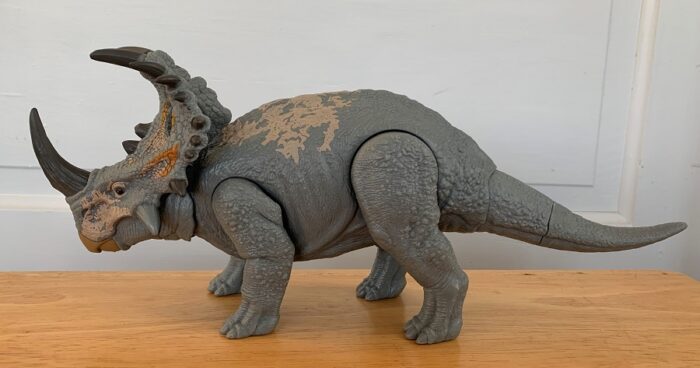
Back in 2018, when Jurassic World: Fallen Kingdom was released, a curious thing happened. Mattel, with their newly acquired rights to the Jurassic Park franchise began pumping out action figures for the movie’s various starring animals. But one of those animals was decidedly different from it’s on-screen counterpart.
Review: Dilophosaurus (Electronic Deluxe)(Terra Series by Battat)
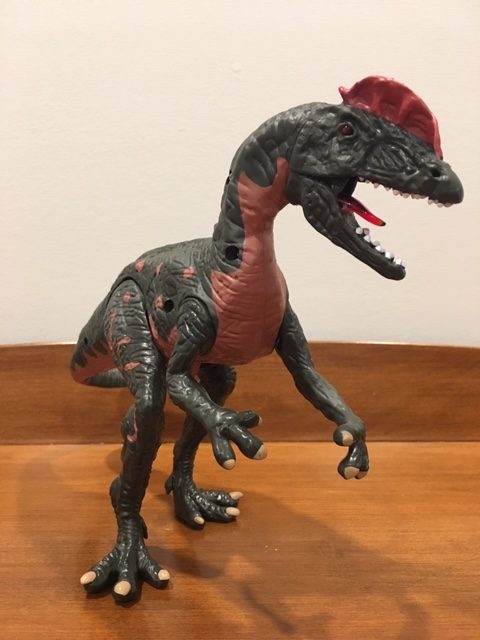
It was a truly sad day for the entire dinosaur toy community when Battat Terra sculptor Dan LoRusso passed away in 2015. He was immensely talented, meticulous in his research, and most importantly of all, friendly and kind. At the time of his death, he had begun working on sculpts of Majungasaurus, Plateosaurus, and Yutyrannus for the Terra line.
Review: Tyrannosaurus Rex (Jurassic World Live Tour)
Review: New Zealand Giant Eagle/Hieraaetus (Lost Kingdoms Series A by Yowie)
Review: Pachyrhinosaurus (PNSO)

The rainy season is in full swing and out on the plains, herds of animals are gathering for their migration. Their path is cut by a river that, just a few months ago, was shallow and easy to cross. As the rain gather strength, so too are the numbers of animals coming in from different corners.
Review: Styracosaurus (Beasts of the Mesozoic: Ceratopsian Series by Creative Beast Studio)
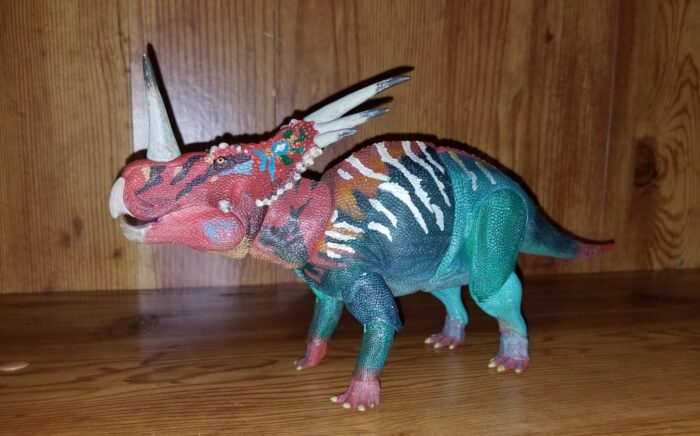
Review and photos by EmperorDinobot, edited by Suspsy
My fellow collectors, the future is now. The long-awaited first wave of ceratopsians from Beasts of the Mesozoic by Creative Beast Studios has arrived. There were some delays due to the unfortunate event that is the current pandemic, but our wait was worth it.
Review: Cave Bear (Prehistoire by Starlux)
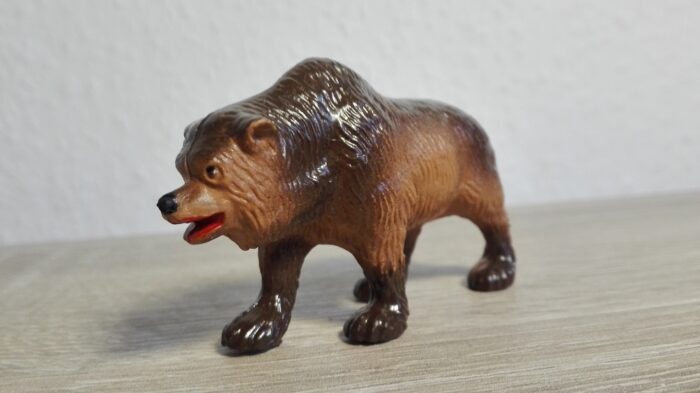
Review and photographs by Stolpergeist, edited by Suspsy
A lot of people feel a special connection to their local extinct Pleistocene megafauna, those mysterious beasts that once roamed where we stand along with the animals we see today. The majestic Irish elk among fallow deer, the American cheetah hunting pronghorns, the mighty giant wombat grazing alongside kangaroos, or the mega lemurs fending off fossa.
Review: Coelodonta (Jurassic Hunters by Geoworld)
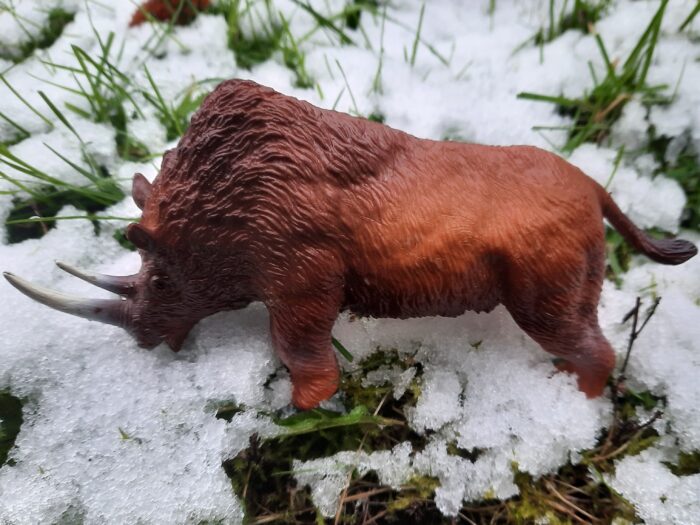
I sometimes can’t believe it’s been nearly five years since I first reviewed a figure, a woolly rhino by Papo. I felt recently that I should take a nostalgic look back at the beast that started it all, review a figure of the great animal that once roamed the grasslands of Europe and Asia some 10,000 years ago.
Review: Baryonyx (Wild Safari by Safari Ltd.)
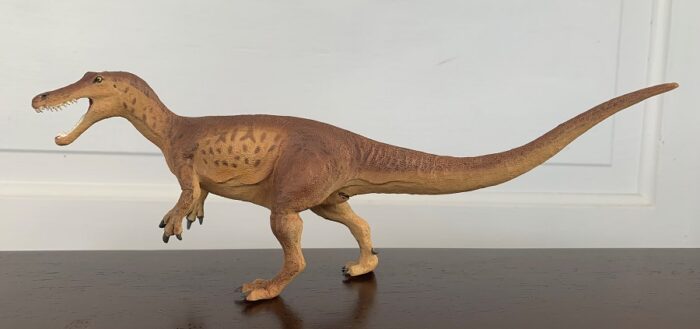
Before Spinosaurus was all the rage, and before we even had a good grasp of what Spinosauridae was as a family, Baryonyx was the bizarre piscivorous theropod that was capturing the public imagination. In much the same way modern companies try to keep up with new discoveries, Invicta Plastics was able to produce a Baryonyx in 1989, only 3 years after it was fromally described.
Review: Parasaurolophus (AAA)
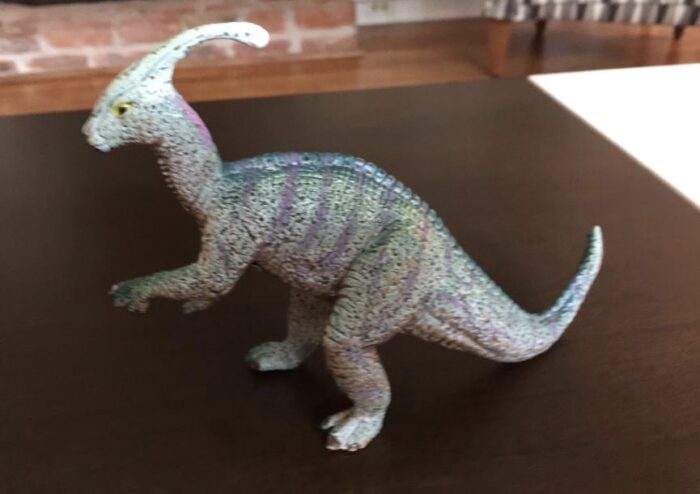
Review and photos by Strawberry Crocodile, edited by Suspsy
Hadrosaurs are often relegated to the role of “supporting cast” in dinosaur media. Despite their success as a group, they simply don’t grab people’s imaginations as much as deadly theropods, record-shattering sauropods, or the absolutely bizarre shapes their ornithischian cousins have taken.

